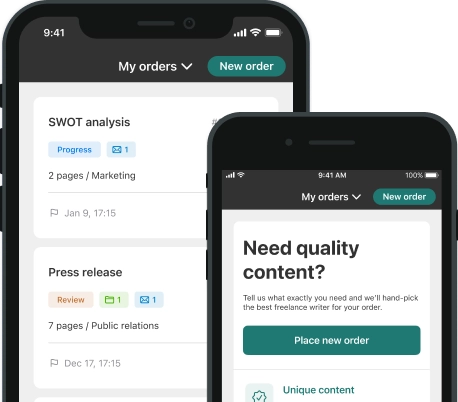9 Steps to Produce a Professional Business Presentation
The presentation is a very complicated and costly way of communication. It requires time, efforts, creativity and what is worse, it may not work if you have missed at least one important component. At the same time if a presentation is well-thought-out and properly organized it turns from being costly into being cost-efficient. Here are nine steps to create and deliver a professional business presentation, which will astonish your audience.
Telling a Story
Step 1. The goal should be clearly stated, written down and followed at every further step. Never start with asking yourself questions like: “What will I be talking about?”, “What is the best first line for this presentation?”, “How to capture attention?” Primarily you should determine your goal. Your goal is an answer to the question: “What do I want my audience to do after I finish?” You might want to be promoted, or hired, or receive a great mark for your project, or make people buy your product, invest money in your startup, you name it.
To do: Determine your goal and write it down.
Step 2. Find a dilemma in your story. No one likes boring stories like: “He felt in love with her, she felt in love with him. They lived happily ever after and had no problems. The end.” People want drama. People want you to show them a problem and then to solve it miraculously during your presentation. If your presentation doesn’t have any inner conflict, people won’t listen for long.
To do: Apply some drama even when you are talking about microbiology.
Step 3. Keep your story integral. Your presentation has the same structure as any good novel – “beginning-stating a problem-peak (solving the problem)-ending.” You might have several smaller peaks, but you should still follow this order. It is better if one presentation is dedicated to one problem, but if you have several issues to cover, find the one uniting all of them. In this case, your smaller problems will be your small peaks.
To do: Write down an outline of your story with a thesis in the beginning, peaks, and ending.
Making Slides
Step 1. Design matters. At this step, you make important decisions about slides. Determine, for example, whether they will be image or text centered and which are the most suitable fonts and colors, etc.
To do: Choose fonts and colors, make sure they are matching.
Step 2. Visualize. Don’t put huge tables with numbers or piles of text into your presentation. No one pays attention to them, first of all, because it is “mission impossible” to read and analyze them. Show trends and ideas with the simplest visualization you are capable of.
To do: Add well-structured information, but don’t overload your slides.
Step 3. One slide – one idea. Make your slides concise and integral. One slide should contain only one simple idea, and serve your final goal. If some slide doesn’t complement the target you have determined, delete it, even if you like how it looks.
To do: Check if every slide helps you achieve the major goal of the presentation.
Delivery
Step 1. Clarity is the answer. Focus on making your storytelling straight to the point. Establish organizational framework, for example, define the approximate time of the presentation and tell whether you are going to answer questions during the speech or right after it.
To do: Write a clear introduction to your speech.
Step 2. Stick to a storyline. It is hard, especially if you decided to answer some questions during the speech. You should balance between improvisation and the major line of your presentation. The easiest way to copy with this is to make repetitions and to understand clearly major peaks of the presentation.
To do: Write down 3-5 issues you have to cover whatever it takes. Write 3 sentences about each, add a starting thesis and an ending. Learn all this by heart.
Step 3. The audience is more important than content. Whatever your goal for this presentation is, the outcome largely depends on the way the audience perceives your delivery and you in general. People pay attention to what you say when you pay attention to people, not to your slides or paper with text. Talk to the audience, ask some short questions (rhetorical, if you are under time pressure) and make sure to keep eye contact.
To do: Relax and try to enjoy what you are doing. Joy and engagement are infectious.
Utilize coursework writing services to ensure your custom presentation is impeccably crafted and delivered with confidence, allowing you to have a great time showcasing your work.. We are sure you will rock it!

